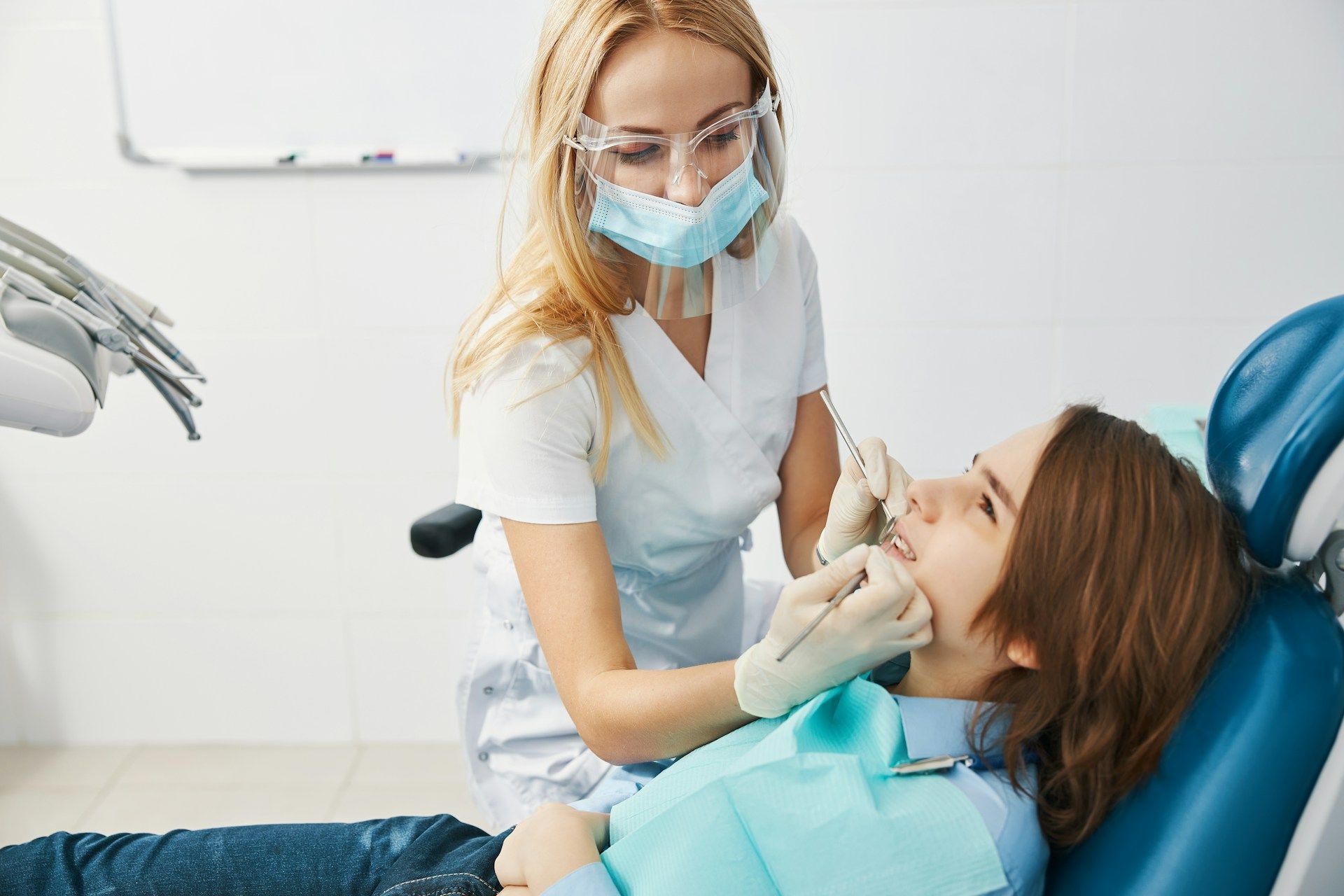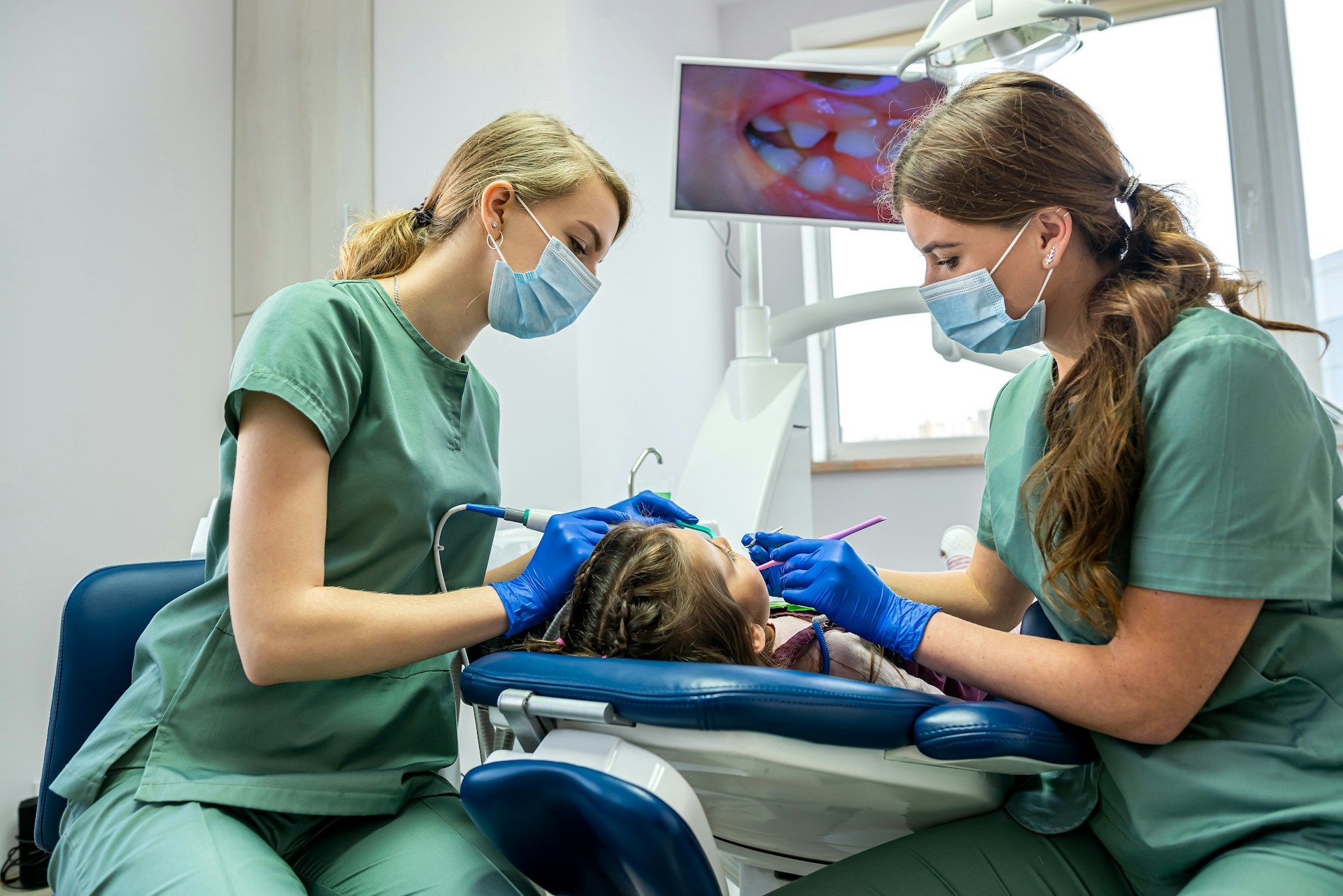Comprehensive Guide to Dental Crowns in Annapolis, MD: Restore and Protect Your Smile
Dental crowns are a versatile solution for addressing various dental concerns, ranging from tooth decay to cracked or broken teeth. As a family-oriented dental practice in Annapolis, MD, we are dedicated to providing our patients with comprehensive information to assist them in making informed decisions about their oral health. In this blog post, we will explore dental crowns, their types, the treatment process, and the benefits of opting for crown restoration.
Dental Crown Overview
A dental crown, commonly called a "cap," is a custom-made, tooth-shaped covering that encases the entire visible portion of a tooth to restore its shape, size, strength, and appearance. Dental crowns serve several purposes, including protecting weakened or damaged teeth, covering dental implants, and enhancing cosmetic appearance. In our dental practice, we use state-of-the-art technologies and materials to create crowns that fit seamlessly with your natural teeth, ensuring optimal comfort and aesthetics.
Indications for Dental Crowns
Dental crowns may be recommended to address several dental concerns, including:
- Large Fillings: A dental crown is placed to protect the tooth from breakage or further damage when a tooth has a large filling and limited remaining tooth structure.
- Root Canal Treatment: After undergoing root canal therapy, a tooth is more prone to fracture due to the removal of tooth structure. A dental crown adds strength and protection to the treated tooth.
- Cracked or Broken Teeth: A dental crown can effectively repair and protect teeth that are cracked, fractured, or broken due to decay or trauma.
- Cosmetic Concerns: Crowns can improve the appearance of discolored or misshapen teeth, creating a more visually appealing and well-proportioned smile.
- Dental Implants: A dental crown is typically used as the final restoration for dental implants, replacing a missing tooth.
Types of Dental Crowns
There are several types of dental crowns available, each with its advantages and disadvantages. An assessment of your needs and preferences will help determine the most suitable crown material for you.
- Ceramic: Ceramic crowns are made of tooth-colored material and are popular for their esthetic appeal, suitable for front teeth restorations.
- Porcelain-Fused-to-Metal (PFM): PFM crowns offer an ideal combination of strength and esthetics. The metal substructure provides durability, while the porcelain exterior matches the natural tooth color.
- Gold: Gold crowns provide excellent strength and durability but have a metallic appearance, which may not be desirable for some patients.
- Zirconia: Zirconia crowns are known for their incredible strength, biocompatibility, and aesthetics. They are suitable for patients with metal allergies and can be used for both front and back teeth restorations.
The Dental Crown Procedure
The dental crown treatment typically requires two visits and involves the following steps:
- Tooth Preparation: During your initial consultation, we will prepare the affected tooth by removing a small portion of the enamel to make room for the crown. This process ensures a proper fit and functional bite.
- Impressions: After tooth preparation, impressions of your tooth will be taken. These impressions are sent to a dental lab, where your custom crown will be crafted.
- Temporary Crown: To protect your prepared tooth, we will place a temporary crown until your permanent restoration is ready, which usually takes about two weeks.
- Crown Placement: Once your custom dental crown is ready, you will return to our office for placement. We will remove the temporary crown and check the fit, color, and bite of the permanent crown. If everything looks and feels right, we will cement the permanent crown in place.
The Benefits of Dental Crown Restoration
Dental crowns offer numerous advantages, such as:
- Restoring Function: Crowns enable you to chew and speak with ease, ensuring optimal functionality.
- Aesthetic Enhancement: Dental crowns improve the appearance of damaged or discolored teeth, boosting self-confidence and providing a beautiful smile.
- 3Durability: Dental crowns are made of robust, long-lasting materials designed to withstand daily wear and tear.
- Tooth Protection: Crowns protect and support weakened or damaged teeth, preserving your natural tooth structure.
Conclusion
Dental crowns play a crucial role in preserving and maintaining optimal oral health for residents of Annapolis, MD. Our experienced and compassionate dental team at Aria Dental of Annapolis is dedicated to providing high-quality care during every step of the dental crown process. If you suspect that a dental crown may be the solution to restoring your oral health, please contact us to schedule a consultation. Together, we will assess your needs, answer any questions, and guide you through the treatment process to ensure your restored smile is functional and beautiful with our
Annapolis dental crown service!

Website designed and maintained by Energize Group
Aria Dental of Annapolis



